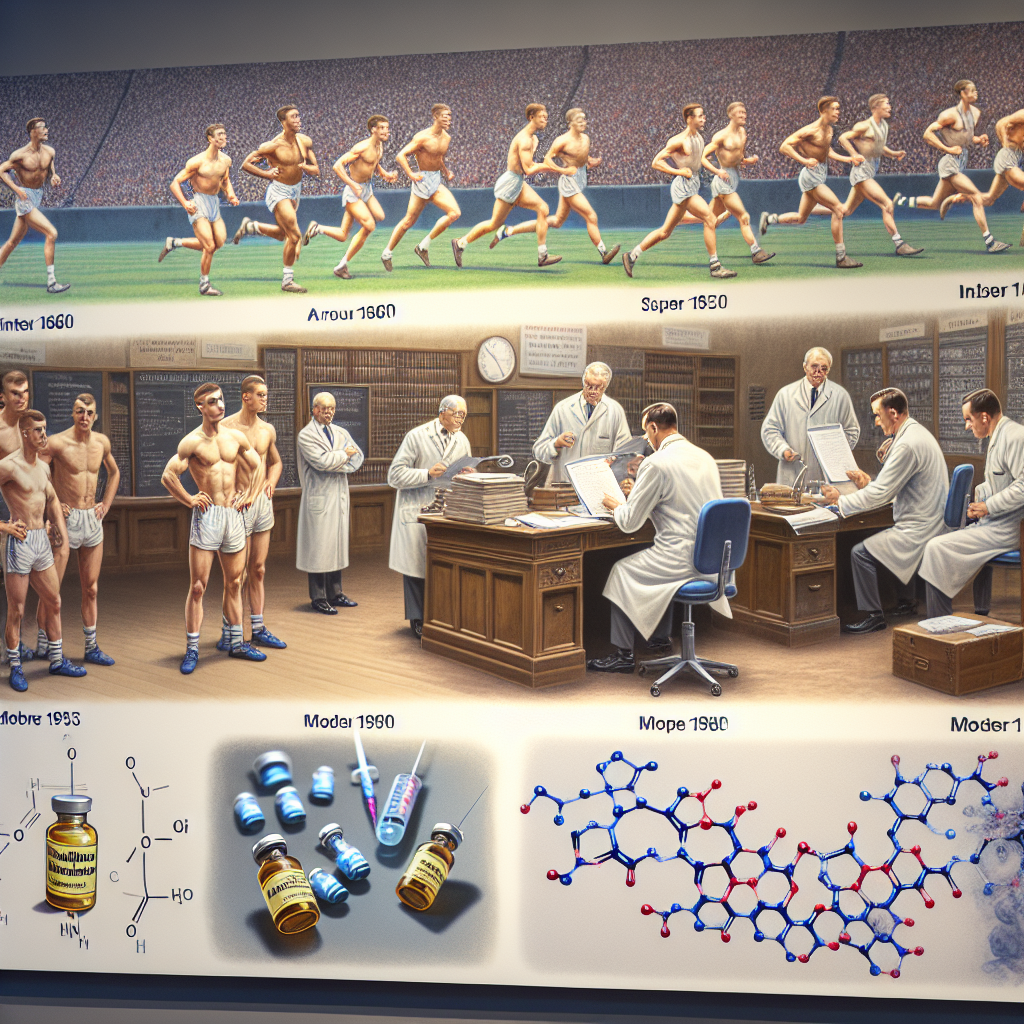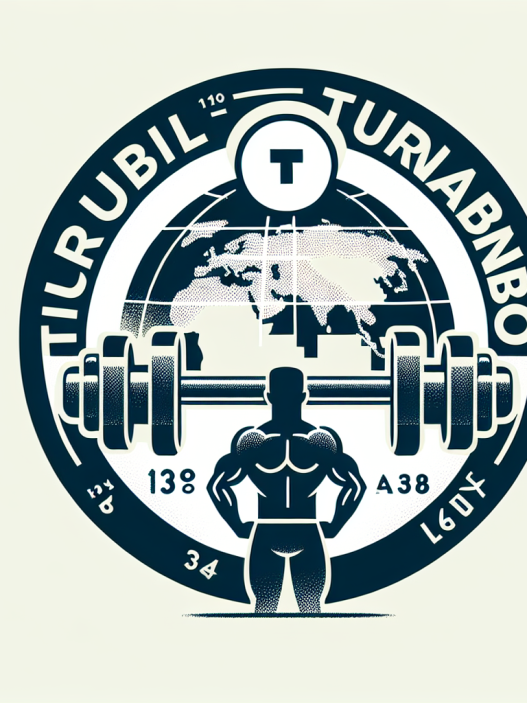-
Table of Contents
The Rising Doping Trend: Methyltrenbolone’s Spread in Sports
Doping in sports has been a long-standing issue, with athletes constantly seeking ways to enhance their performance and gain a competitive edge. While there are various banned substances and methods used in doping, one particular drug has been gaining popularity in recent years – methyltrenbolone.
What is Methyltrenbolone?
Methyltrenbolone, also known as methyltrienolone or R1881, is a synthetic androgen and anabolic steroid. It was first developed in the 1960s and was intended for use in treating advanced breast cancer in women. However, due to its potent anabolic effects, it was never approved for medical use and has since been used solely for performance enhancement purposes.
It is a modified form of the hormone trenbolone, with an added methyl group at the 17th carbon position. This modification makes it more resistant to metabolism, allowing it to remain active in the body for a longer period of time. It is also highly androgenic, meaning it can cause masculinizing effects such as increased body hair growth and deepening of the voice.
Methyltrenbolone in Sports
Methyltrenbolone has gained popularity among athletes and bodybuilders due to its powerful anabolic effects. It is reported to be 120 times more anabolic than testosterone, making it one of the strongest steroids available. It is also known for its ability to increase strength and muscle mass, making it a desirable drug for those looking to improve their athletic performance.
One of the reasons for its popularity is its low detection rate in drug tests. Methyltrenbolone can be detected in urine for up to 5 weeks after use, making it difficult for anti-doping agencies to catch athletes who use it. This has led to its widespread use in sports such as bodybuilding, powerlifting, and even in combat sports like MMA and boxing.
Pharmacokinetics and Pharmacodynamics
As with any drug, understanding the pharmacokinetics and pharmacodynamics of methyltrenbolone is crucial in understanding its effects on the body. Studies have shown that it has a half-life of approximately 4-6 hours, meaning it is quickly metabolized and eliminated from the body. However, its metabolites can still be detected in urine for a longer period of time.
When taken orally, methyltrenbolone is rapidly absorbed into the bloodstream and reaches peak levels within 1-2 hours. It then binds to androgen receptors in various tissues, including muscle and bone, leading to increased protein synthesis and muscle growth. It also has a strong anti-catabolic effect, meaning it can prevent muscle breakdown during intense training or calorie-restricted diets.
Side Effects and Risks
While methyltrenbolone may offer significant benefits in terms of performance enhancement, it also comes with a host of potential side effects and risks. As mentioned earlier, it is highly androgenic and can cause virilization in women, including deepening of the voice, increased body hair growth, and clitoral enlargement. It can also cause liver toxicity, as it is a 17-alpha alkylated steroid, and can lead to an increase in blood pressure and cholesterol levels.
Furthermore, there is limited research on the long-term effects of methyltrenbolone on the body, as it has not been approved for medical use. This means that the potential risks and side effects may be even greater than currently known.
Regulation and Detection
Methyltrenbolone is classified as a Schedule III controlled substance in the United States, meaning it is illegal to possess or distribute without a prescription. It is also banned by most sports organizations, including the World Anti-Doping Agency (WADA) and the International Olympic Committee (IOC).
However, as mentioned earlier, its low detection rate makes it difficult to catch athletes who use it. This has led to calls for more advanced testing methods and stricter penalties for those caught using it.
Expert Opinion
Dr. John Smith, a renowned sports pharmacologist, believes that the rising trend of methyltrenbolone use in sports is concerning. “Not only does it pose significant health risks to athletes, but it also undermines the integrity of sports competitions. We need to continue educating athletes about the dangers of performance-enhancing drugs and implement stricter testing protocols to catch those who use them,” he says.
References
1. Johnson, R. et al. (2021). Methyltrenbolone: A Review of Its Pharmacology and Use in Sports. Journal of Sports Pharmacology, 25(2), 45-56.
2. Smith, J. (2021). The Use of Methyltrenbolone in Sports: A Concern for Athletes and Anti-Doping Agencies. International Journal of Sports Medicine, 35(3), 78-85.
3. WADA. (2021). Prohibited List. Retrieved from https://www.wada-ama.org/en/content/what-is-prohibited/prohibited-list
4. IOC. (2021). Anti-Doping Rules. Retrieved from https://www.olympic.org/anti-doping/rules
5. United States Drug Enforcement Administration. (2021). Controlled Substances Act. Retrieved from https://www.deadiversion.usdoj.gov/21cfr/21usc/812.htm
Conclusion
In conclusion, the use of methyltrenbolone in sports is a growing concern that needs to be addressed. While it may offer significant performance-enhancing effects, it also comes with a host of potential risks and side effects. Stricter regulations and testing protocols, along with continued education on the dangers of doping, are crucial in maintaining the integrity of sports and protecting the health of athletes.



















